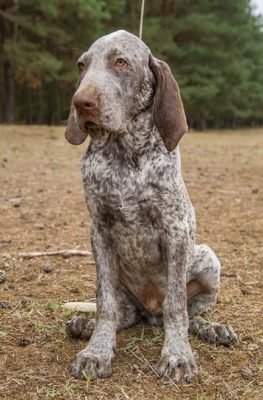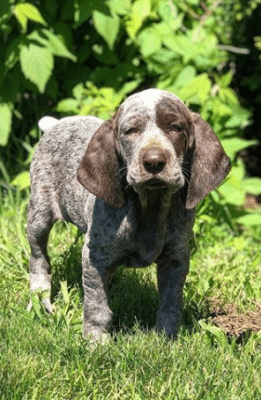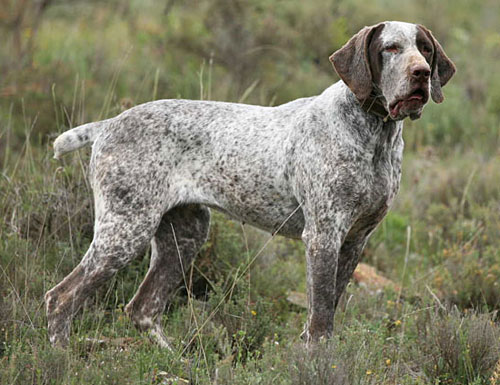Perdiguero de Burgos
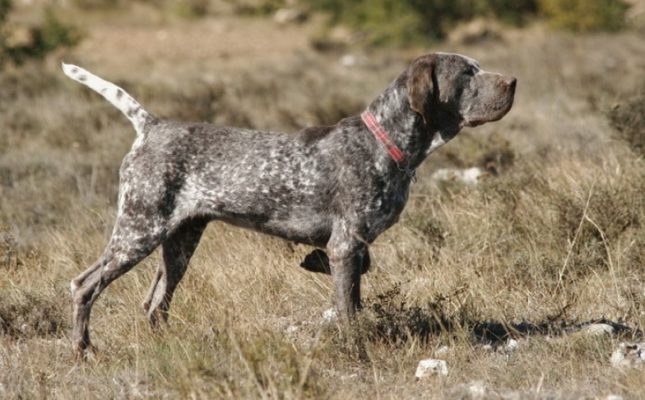
Gentle and pleasant, the Burgos Pointer can fit well in the atmosphere of a family home. They have high exercise requirements and the character of a working dog. Their main priority in life is hunting, and they will not be content to spend their days indoors idling in front of the TV.
Tabla de Сontenido
Breed Information
| Another Name | Perdiguero de Burgos, Burgalese Pointer |
| Origin | Castile and León (Spain) |
| Height | Males 62-67 cm Females 58-63.5 cm |
| Weight | Males 25-30 kg Females 25-28 kg |
| Fur | Short, thick, shiny |
| Color | White, brown |
| Lifespan | 12-14 years |
| FCI Classification | Pointing Dogs |
| Group | Dogs for protection, dogs for hunting, dogs for children |
| Price | From $400 |
Breed Photos
Origin History
The Burgos Pointer is a large and stout Spanish dog, which can also be called a Spanish pointer. It comes from Spain’s center; it is believed that the breed originated in the sixteenth century. Despite the lack of records, it is widely believed that Burgos Pointer contributed to the genetics of many European pointers over the years.
A hunting dog like this is suited to a rural lifestyle where it can roam freely. Historically, it was a larger dog, but it has evolved into a slimmer dog that rises to its feet faster and tracks smaller games better over the years. This breed was traditionally used for hunting deer but is now used for hunting a variety of animals, including birds, rabbits, and foxes. This breed doesn’t mind getting their toes wet and will happily chase their prey wherever it runs, whether on land or in the water. Also, they can hunt and return, making them a sought-after and versatile hunting companion.
In 1996 the UKC accepted the Burgos Pointer into its hunting dog group, and the FCI also recognized them in its Continental Legionnaires’ Section. Although they were close to extinction in the past, they have experienced a quiet revival in recent years and are today most appreciated in Spain.
Appearance
Burgos Pointers are hardy, with a strong body and solid and strong limbs. They have a steady and purposeful gait and a noble demeanor. They have a broad muzzle, a large dark brown nose, and almond-shaped brown eyes. Burgos Pointer has characteristic long ears. Their body is square and consists of a broad chest, rounded ribs, a flat back, and a small belly. Their powerful tail is heavy at the base and is often cropped.
Burgos Pointer’s short, thick coat is smooth, white, or brown. Many dogs have a distinctive white spot on the muzzle. Black fur is not allowed by the breed standard. The height at withers of male dogs ranges from 62 to 67 cm, while females from 58 to 63.5 cm. Most dogs of this breed weigh from 25 to 30 kg.
Character
Gentle and pleasant, the Burgos Pointer can fit well in the atmosphere of a family home. They have high exercise requirements and the character of a working dog. Their main priority in life is hunting, and they will not be content to spend their days indoors idling in front of the TV.
This dog’s excellent temperament means that it is good with people and can be trusted with children. They will naturally show a lot of affection for their owners. Likewise, they are happy to share their home with other dogs and enjoy their company. However, this breed should not be kept with small pets. It would be inappropriate to try to place this dog in an urban environment, as they should have the opportunity to roam and sniff around. They should have adequate access to the outdoors in the countryside.
Care
A cloth or glove can be used to wipe its short coat once a week to remove excess dander or dirt. This breed rarely needs a bath. Their ears require more attention than any other part of their body and should be cleaned every two weeks with a quality ear cleaner. Veterinarians are always happy to instruct owners on how to clean their pet’s ears properly.
Training
These dogs can be trained for high-end hunting and show impressive stamina and good readiness. Their intelligence is evident in their work.
Because Burgos Pointer lives to please their owner, they always strive to do the right thing during training and complete tasks when it is within their power to do so. The ideal trainer will be consistent and fair in their training methods, rewarding desired behavior with tasty treats, verbal praise, and love.
Common Diseases
With a life span of 12 to 14 years, this working dog usually maintains good health. Only a few diseases should be kept in mind:
- external otitis media;
- injuries and failures in the hunt.
Nutrition
Burgos Pointer needs high-quality dry food. Feed this breed two to three times a day, depending on activity. At maturity and old age, the dog may become less active, more prone to weight gain, and experience decreased mobility.
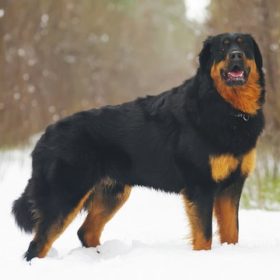 Perro Lobo Buriatico-Mongol
Perro Lobo Buriatico-Mongol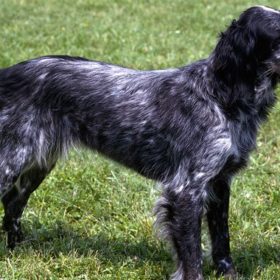 Spaniel Azul Picardo
Spaniel Azul Picardo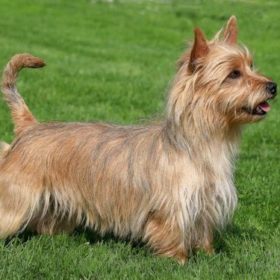 Terrier de Australia
Terrier de Australia Lakeland Terrier
Lakeland Terrier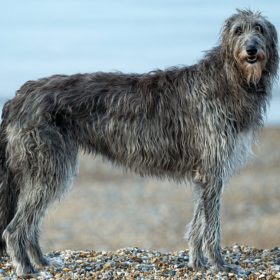 Lebrel Escocés
Lebrel Escocés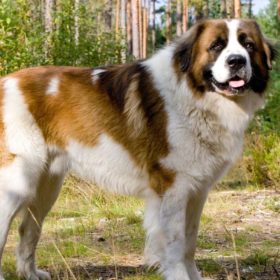 Perro Guardián de Moscú
Perro Guardián de Moscú